Post by Dominicanese on Jan 6, 2017 18:42:09 GMT -4
Haiti.






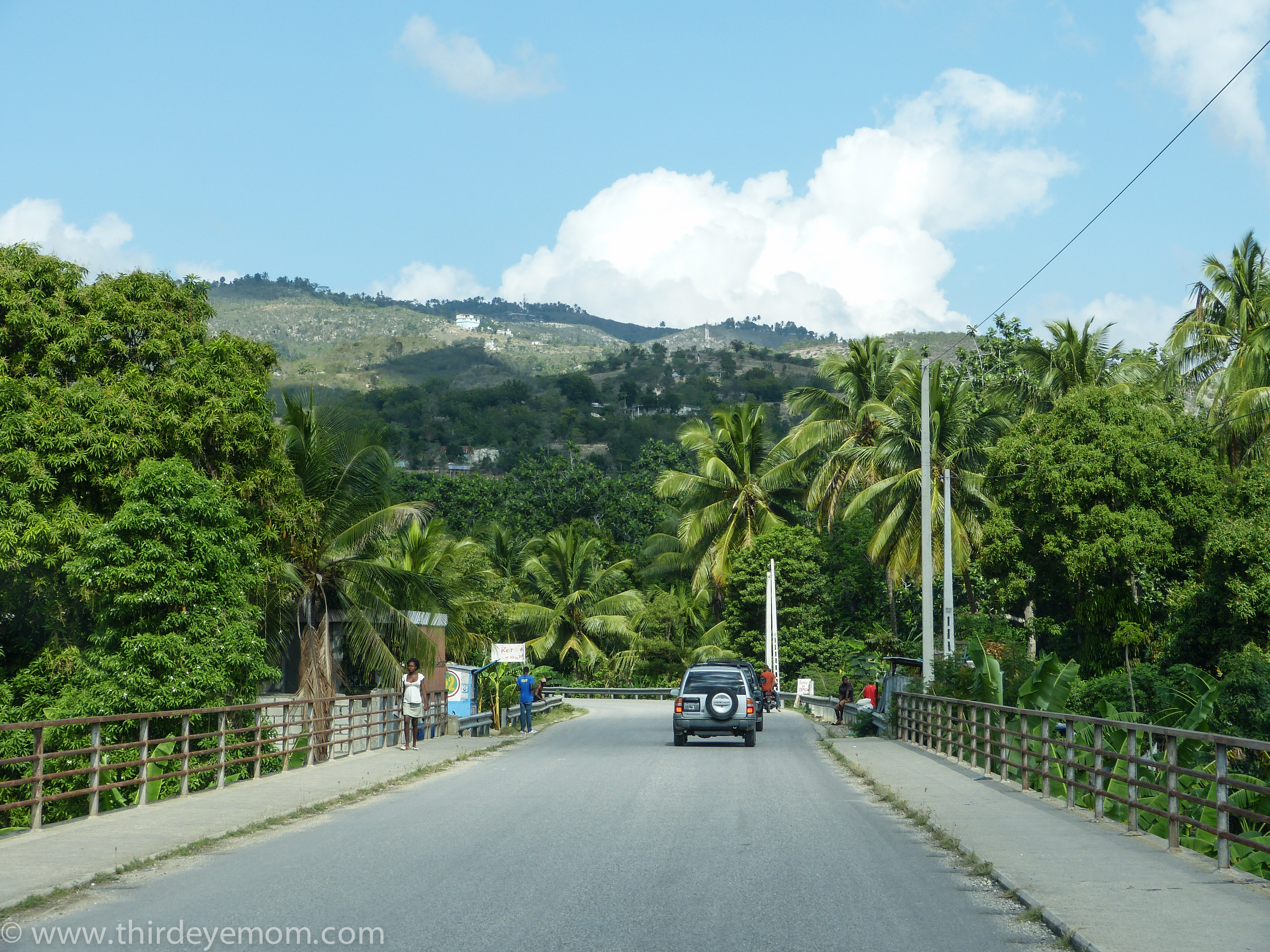
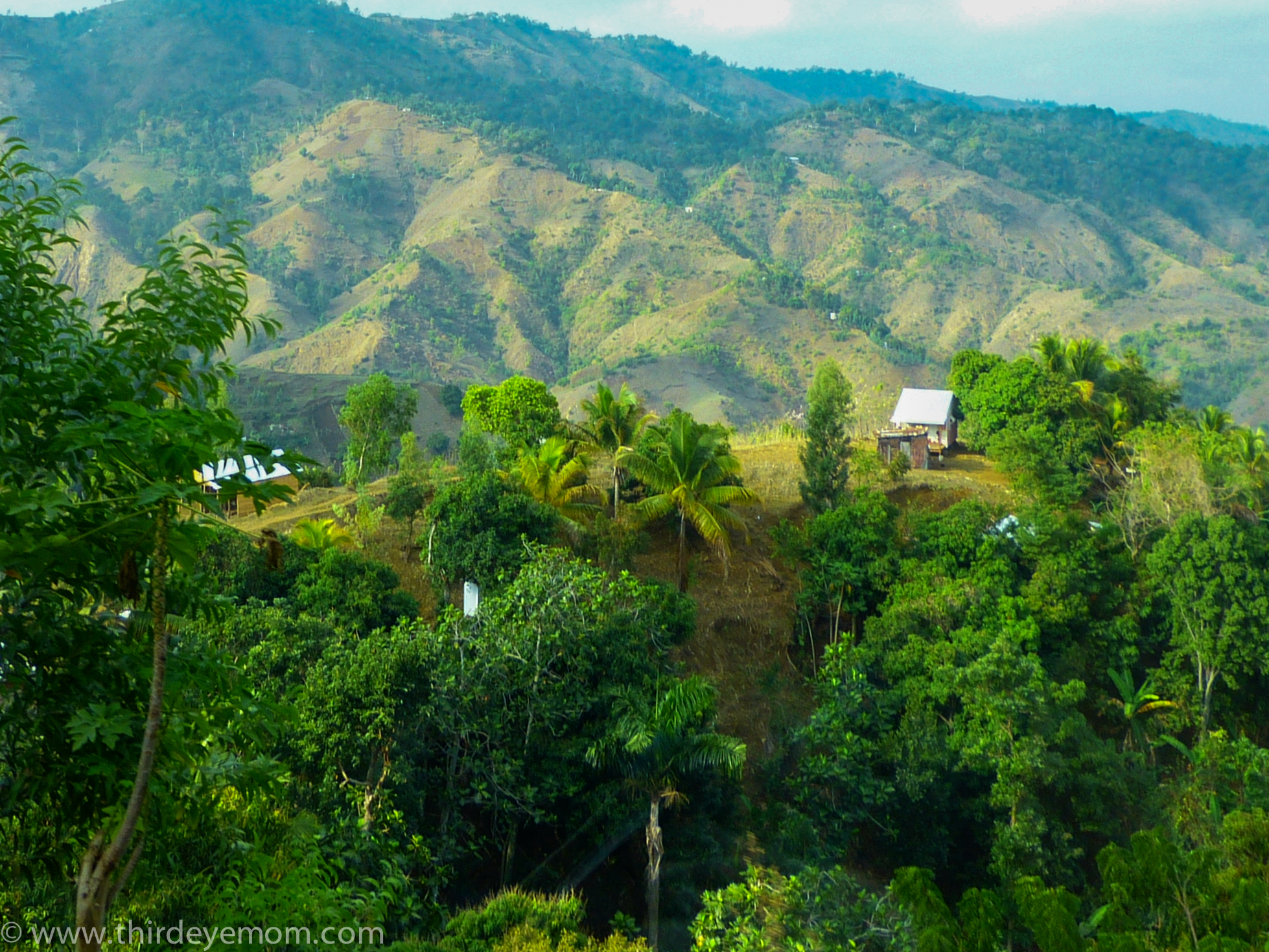
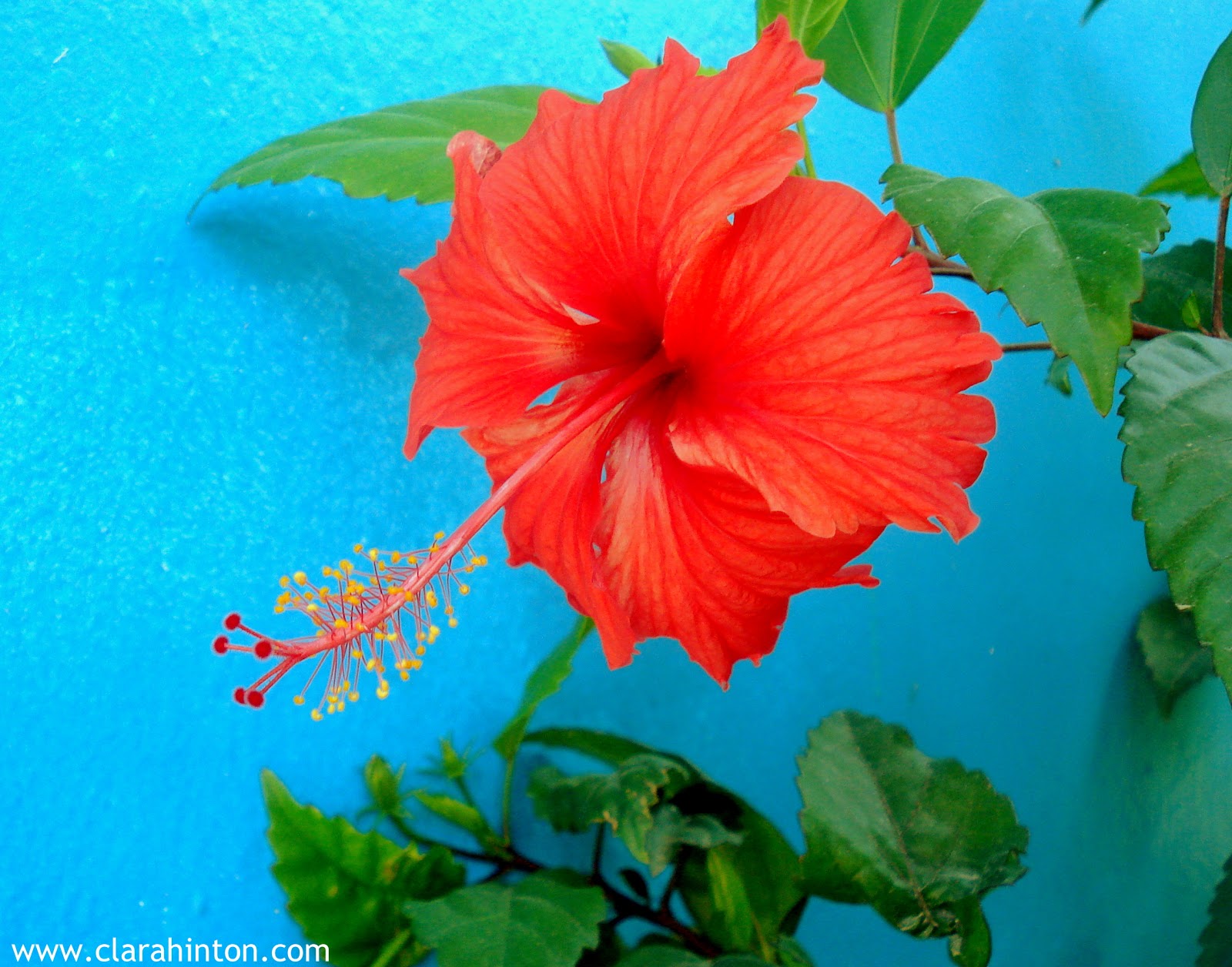
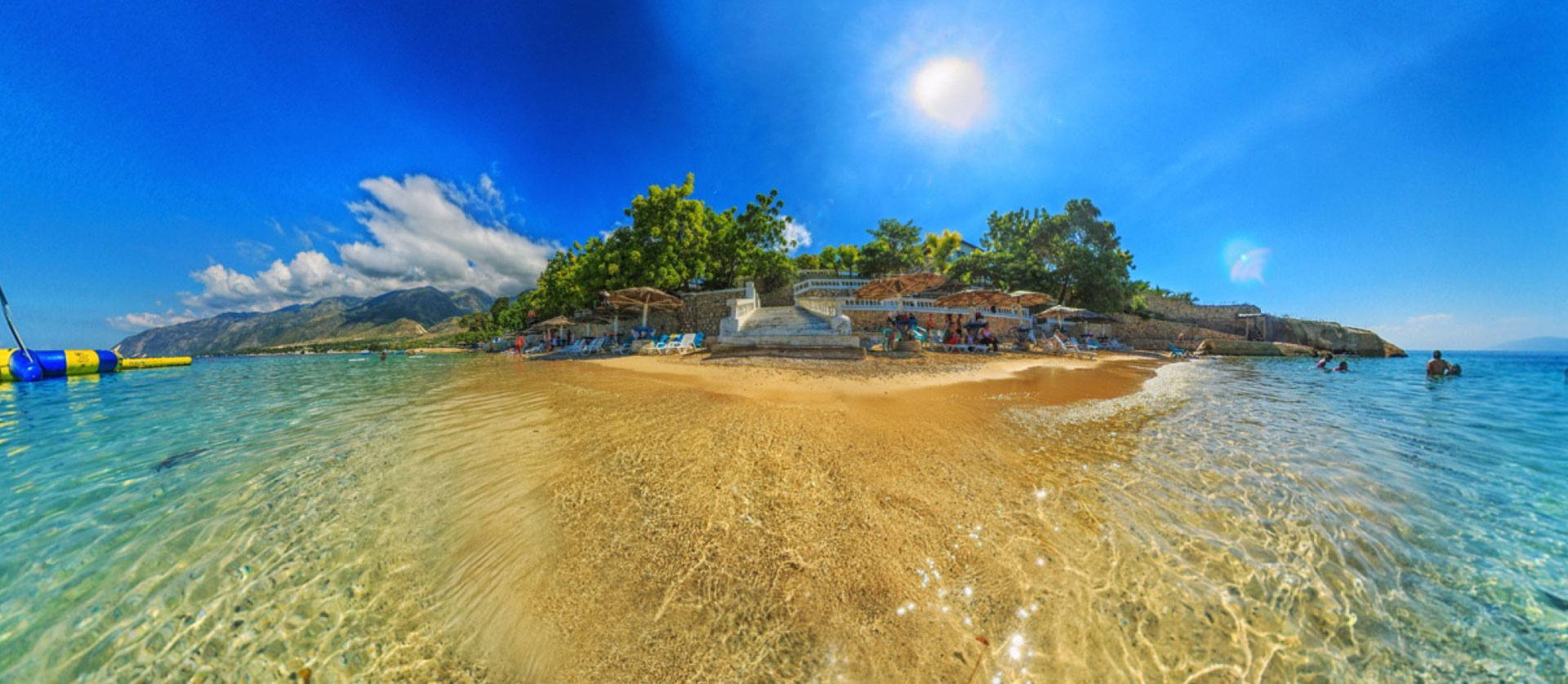

Culture:
The culture of Haiti is an eclectic mix of African and European elements due to the French colonization of Haiti, as is evidenced in the Haitian language, music, and religion. The culture also encompasses additional contributions from native Taino and Spanish imperialism. "Papa Doc" Duvalier’s brutal rule was noted for its use of Haitian folklore to terrorize the population, such as the Tonton Macoute.
Cuisine:
The French influences in Haiti are present in their cuisine, but more so it is representative of their location in the Caribbean. They do however have their own flavor as a result of the lack of Spanish influence on their island compared to others in the Caribbean. The cooking style used in Haiti is predominately Creole and includes heavy use of pepper in the majority of their dishes. A main staple in Haiti Is starch, and many of their dishes include potatoes, rice, corn, beans, and plantains.

There is also a strong presence of tropical fruits in their cuisine due to their ability to grow in the tropical climate. This includes pineapples, coconuts, mangoes, and other fruits that are used for many dishes and beverages. Food also has importance in religious and status-symbol type forms. Foods that are considered delicacies in Haiti include French inspired cheeses and meats and are a symbol of money and power. Typically these types of meals are only served in the richest part of Haiti, namely in the capital of Port-au-Prince. As Far as Religious meals go, the Catholics in Haiti typically enjoy more elaborate meals during Christmas Eve.

Haitian cuisine originates from several culinary styles from the various historical ethnic groups that populated the western portion of the island of Hispaniola. Haitian cuisine is similar to the rest of the Latin-Caribbean (the French and the Spanish-speaking countries of the Antilles), however it differs in several ways from its regional counterparts. While the cuisine is unpretentious and simple, the flavors are bold and spicy that demonstrate a primary influence of African culinary aesthetic, paired with a very French sophistication with notable derivatives coming from native Taíno and Spanish techniques. Though similar to other cooking styles in the region, it carries a uniqueness native to the country; many visitors to the island have mixed reviews of Haitian cuisine. Haitians often use peppers and other strong flavorings.

Dishes tend to be seasoned liberally. Consequently Haitian cuisine is often moderately spicy. In the country, however, several foreign cuisines have been introduced. These include Levantine from Arab migration to Haiti. Rice and beans in several differing ways are eaten throughout the country regardless of location, becoming a sort of national dish. They form the staple diet, which consists of a lot of starch and is high in carbohydrates. Rural areas, with better access to agricultural products, have a larger variety of choices.

One such dish is mais moulu (mayi moulen), which is comparable to grits that can be eaten with sauce pois (sòs pwa), a bean sauce made from one of many types of beans such as kidney, pinto, chickpeas, or pigeon peas (known in some countries as gandules). Mais moulin can be eaten with fish (often red snapper), or alone depending on personal preference. Some of the many plants used in Haitian dishes include tomato, oregano, cabbage, avocado, bell peppers. A popular food is banane pesée (ban-nan'n peze), flattened plantain slices fried in cooking oil (known as tostones in the Spanish speaking Latin American countries). It is eaten both as a snack and as part of a meal is, often eaten with tassot and griot (deep-fried goat and pork).

Traditionally, the food that Haitians eat on the independence day (1 January) is soup joumou. Haiti is also known internationally for its rum; Rhum Barbancourt is the most popular alcoholic beverage in Haiti, and it is regarded highly by international standards.
Music:
Haitian music combines a wide range of influences drawn from the many people who have settled on this Caribbean island. It reflects French, African rhythms, Spanish elements and others who have inhabited the island of Hispaniola and minor native Taino influences. Styles of music unique to the nation of Haiti include music derived from Vodou ceremonial traditions, Rara parading music, Twoubadou ballads, Mini-jazz rock bands, Rasin movement, Hip hop Kreyòl, Méringue, and Compas. Youth attend parties at nightclubs called discos, (pronounced "deece-ko"), and attend Bal. This term is the French word for ball, as in a formal dance.

Compas (konpa) (also known as compas direct in French, or konpa dirèk in creole) is a complex, ever-changing music that arose from African rhythms and European ballroom dancing, mixed with Haiti's bourgeois culture. It is a refined music, with méringue as its basic rhythm. Haiti had no recorded music until 1937 when Jazz Guignard was recorded non-commercially.
Ethnic Racial Composition:
* 92% Black
* 8% Mulatto
People:
Haiti is a majority black country, however many peoples of different ethnic and national backgrounds have settled and had major influence in the country's 200+ year history such as Poles (Polish legion), Jews, Arabs (from the Arab diaspora), Chinese, Indians, Spanish, Germans (18th century and World War I), Italians, and French, most marrying into the majority black populace and in turn yielding mulattoes (many of whom are prominent in Haitian society).
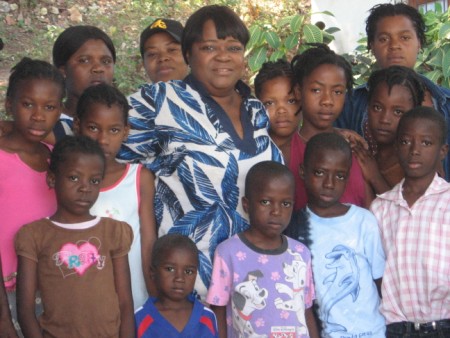
Haitian art, known for its vibrant color work and expressive design, is a complex tradition, reflecting strong African roots with Indigenous American and European aesthetic and religious influences. It is a very important representation of Haitian culture and history. Haitian art is distinctive, particularly in painting and sculpture where brilliant colors, naive perspective and sly humor characterize it. Frequent subjects in Haitian art include big, delectable foods, lush landscapes, market activities, jungle animals, rituals, dances, and gods. Artists frequently paint in fables.
Languages:
French & Haitian Creole are the two official languages of Haiti. Most of the population speaks Haitian Creole, especially in informal situations. Haitian Creole has it's roots in 17th Normandi French spoken in modern day Northern France and West-Central African languages, with some minor influences from Spanish and Native Arawakan-Taino words. French is spoken in formal situations, in other words it is the educated language for Haitians.
Religion:
Haiti, for much of its history and including present-day has been prevailingly a Christian country, primarily Roman Catholicism, although in some instances it is profoundly modified and influenced through syncretism. A common syncretic religion is Vodou, which combined the West African religions of the African slaves with Catholicism and some Native American strands; it shows similarities to Cuban Santería.
The largest Christian denomination in the country is Roman Catholicism, which is estimated to be about 80 percent of the population according to the 2015 CIA World Factbook. The historical background is very much due to the French influence brought about through the newly conquered territories.
Sports:
Football (Soccer) is the most popular sport in Haiti with hundreds of small football clubs competing at the local level. Basketball is growing in popularity. Stade Sylvio Cator is the multi-purpose stadium in Port-au-Prince, where it is currently used mostly for association football matches that fits a capacity of 10,000 people. In 1974, the Haiti national football team were only the second Caribbean team to make the World Cup (after Cuba's entry in 1938). They lost in the opening qualifying stages against three of the pre-tournament favorites; Italy, Poland, and Argentina. The national team won the 2007 Caribbean Nations Cup.
Haiti has participated in the Olympic Games since the year 1900 and won a number of medals. Haitian footballer Joe Gaetjens played for the United States national team in the 1950 FIFA World Cup, scoring the winning goal in the 1–0 upset of England.
Haitian videos











Culture:
The culture of Haiti is an eclectic mix of African and European elements due to the French colonization of Haiti, as is evidenced in the Haitian language, music, and religion. The culture also encompasses additional contributions from native Taino and Spanish imperialism. "Papa Doc" Duvalier’s brutal rule was noted for its use of Haitian folklore to terrorize the population, such as the Tonton Macoute.
Cuisine:
The French influences in Haiti are present in their cuisine, but more so it is representative of their location in the Caribbean. They do however have their own flavor as a result of the lack of Spanish influence on their island compared to others in the Caribbean. The cooking style used in Haiti is predominately Creole and includes heavy use of pepper in the majority of their dishes. A main staple in Haiti Is starch, and many of their dishes include potatoes, rice, corn, beans, and plantains.

There is also a strong presence of tropical fruits in their cuisine due to their ability to grow in the tropical climate. This includes pineapples, coconuts, mangoes, and other fruits that are used for many dishes and beverages. Food also has importance in religious and status-symbol type forms. Foods that are considered delicacies in Haiti include French inspired cheeses and meats and are a symbol of money and power. Typically these types of meals are only served in the richest part of Haiti, namely in the capital of Port-au-Prince. As Far as Religious meals go, the Catholics in Haiti typically enjoy more elaborate meals during Christmas Eve.

Haitian cuisine originates from several culinary styles from the various historical ethnic groups that populated the western portion of the island of Hispaniola. Haitian cuisine is similar to the rest of the Latin-Caribbean (the French and the Spanish-speaking countries of the Antilles), however it differs in several ways from its regional counterparts. While the cuisine is unpretentious and simple, the flavors are bold and spicy that demonstrate a primary influence of African culinary aesthetic, paired with a very French sophistication with notable derivatives coming from native Taíno and Spanish techniques. Though similar to other cooking styles in the region, it carries a uniqueness native to the country; many visitors to the island have mixed reviews of Haitian cuisine. Haitians often use peppers and other strong flavorings.

Dishes tend to be seasoned liberally. Consequently Haitian cuisine is often moderately spicy. In the country, however, several foreign cuisines have been introduced. These include Levantine from Arab migration to Haiti. Rice and beans in several differing ways are eaten throughout the country regardless of location, becoming a sort of national dish. They form the staple diet, which consists of a lot of starch and is high in carbohydrates. Rural areas, with better access to agricultural products, have a larger variety of choices.

One such dish is mais moulu (mayi moulen), which is comparable to grits that can be eaten with sauce pois (sòs pwa), a bean sauce made from one of many types of beans such as kidney, pinto, chickpeas, or pigeon peas (known in some countries as gandules). Mais moulin can be eaten with fish (often red snapper), or alone depending on personal preference. Some of the many plants used in Haitian dishes include tomato, oregano, cabbage, avocado, bell peppers. A popular food is banane pesée (ban-nan'n peze), flattened plantain slices fried in cooking oil (known as tostones in the Spanish speaking Latin American countries). It is eaten both as a snack and as part of a meal is, often eaten with tassot and griot (deep-fried goat and pork).

Traditionally, the food that Haitians eat on the independence day (1 January) is soup joumou. Haiti is also known internationally for its rum; Rhum Barbancourt is the most popular alcoholic beverage in Haiti, and it is regarded highly by international standards.
Music:
Haitian music combines a wide range of influences drawn from the many people who have settled on this Caribbean island. It reflects French, African rhythms, Spanish elements and others who have inhabited the island of Hispaniola and minor native Taino influences. Styles of music unique to the nation of Haiti include music derived from Vodou ceremonial traditions, Rara parading music, Twoubadou ballads, Mini-jazz rock bands, Rasin movement, Hip hop Kreyòl, Méringue, and Compas. Youth attend parties at nightclubs called discos, (pronounced "deece-ko"), and attend Bal. This term is the French word for ball, as in a formal dance.

Compas (konpa) (also known as compas direct in French, or konpa dirèk in creole) is a complex, ever-changing music that arose from African rhythms and European ballroom dancing, mixed with Haiti's bourgeois culture. It is a refined music, with méringue as its basic rhythm. Haiti had no recorded music until 1937 when Jazz Guignard was recorded non-commercially.
Ethnic Racial Composition:
* 92% Black
* 8% Mulatto
People:
Haiti is a majority black country, however many peoples of different ethnic and national backgrounds have settled and had major influence in the country's 200+ year history such as Poles (Polish legion), Jews, Arabs (from the Arab diaspora), Chinese, Indians, Spanish, Germans (18th century and World War I), Italians, and French, most marrying into the majority black populace and in turn yielding mulattoes (many of whom are prominent in Haitian society).

Haitian art, known for its vibrant color work and expressive design, is a complex tradition, reflecting strong African roots with Indigenous American and European aesthetic and religious influences. It is a very important representation of Haitian culture and history. Haitian art is distinctive, particularly in painting and sculpture where brilliant colors, naive perspective and sly humor characterize it. Frequent subjects in Haitian art include big, delectable foods, lush landscapes, market activities, jungle animals, rituals, dances, and gods. Artists frequently paint in fables.
Languages:
French & Haitian Creole are the two official languages of Haiti. Most of the population speaks Haitian Creole, especially in informal situations. Haitian Creole has it's roots in 17th Normandi French spoken in modern day Northern France and West-Central African languages, with some minor influences from Spanish and Native Arawakan-Taino words. French is spoken in formal situations, in other words it is the educated language for Haitians.
Religion:
Haiti, for much of its history and including present-day has been prevailingly a Christian country, primarily Roman Catholicism, although in some instances it is profoundly modified and influenced through syncretism. A common syncretic religion is Vodou, which combined the West African religions of the African slaves with Catholicism and some Native American strands; it shows similarities to Cuban Santería.
The largest Christian denomination in the country is Roman Catholicism, which is estimated to be about 80 percent of the population according to the 2015 CIA World Factbook. The historical background is very much due to the French influence brought about through the newly conquered territories.
Sports:
Football (Soccer) is the most popular sport in Haiti with hundreds of small football clubs competing at the local level. Basketball is growing in popularity. Stade Sylvio Cator is the multi-purpose stadium in Port-au-Prince, where it is currently used mostly for association football matches that fits a capacity of 10,000 people. In 1974, the Haiti national football team were only the second Caribbean team to make the World Cup (after Cuba's entry in 1938). They lost in the opening qualifying stages against three of the pre-tournament favorites; Italy, Poland, and Argentina. The national team won the 2007 Caribbean Nations Cup.
Haiti has participated in the Olympic Games since the year 1900 and won a number of medals. Haitian footballer Joe Gaetjens played for the United States national team in the 1950 FIFA World Cup, scoring the winning goal in the 1–0 upset of England.
Haitian videos
 Playing the Race Card
Playing the Race Card






































